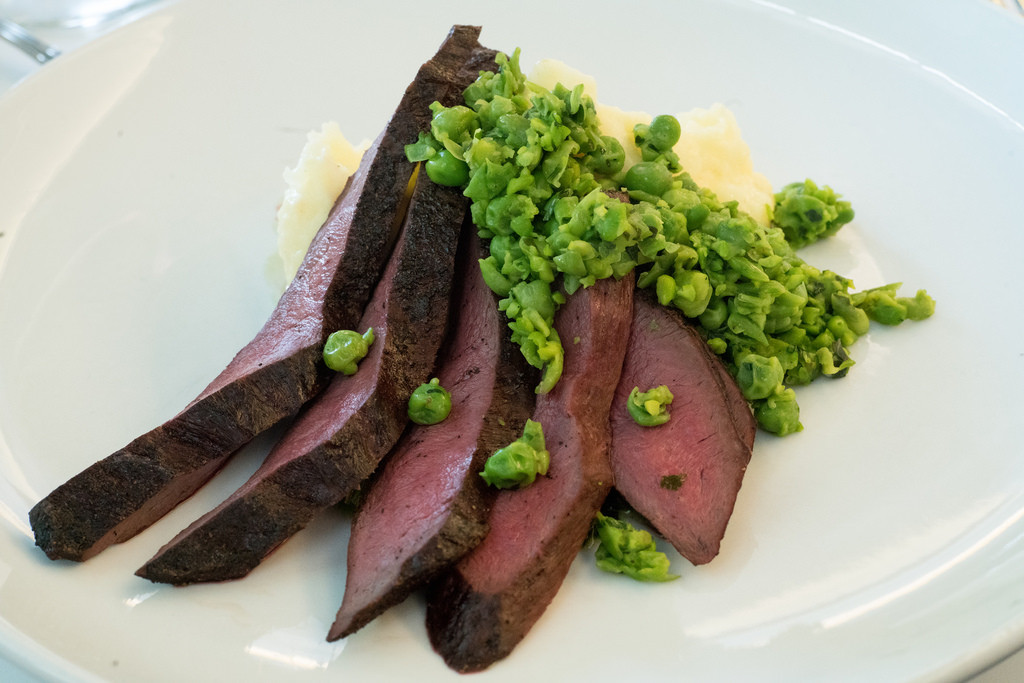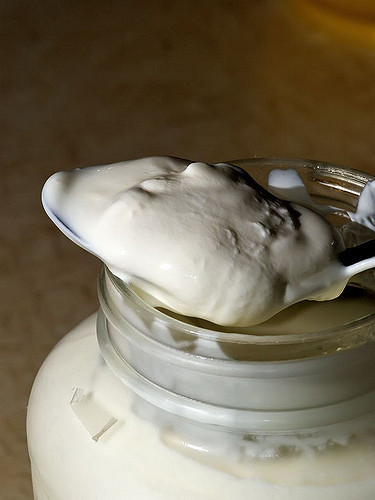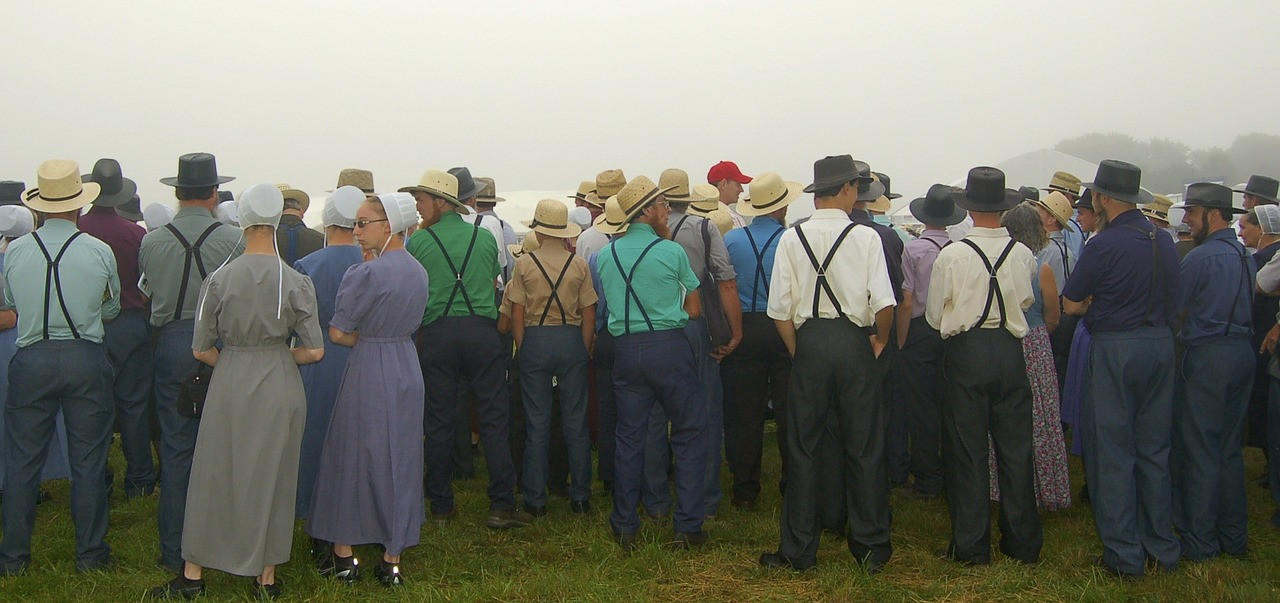Can you attain perfection in food?
What’s your definition of food perfection? There are so many crazy diet trends, confusing labels, and chronic digestive and autoimmune issues. This makes it even harder to figure out what the “perfect” foods are. Customers share their questions and concerns with me all the time. Why are the dairy goats given grain? Why was the butter a bit sour this week? Why aren’t the eggs and meat fresher? Why are your shipping prices so high? When it comes down to it, people are looking for three things from any product: high quality, speed, and low cost. You can usually get two but not all three.











